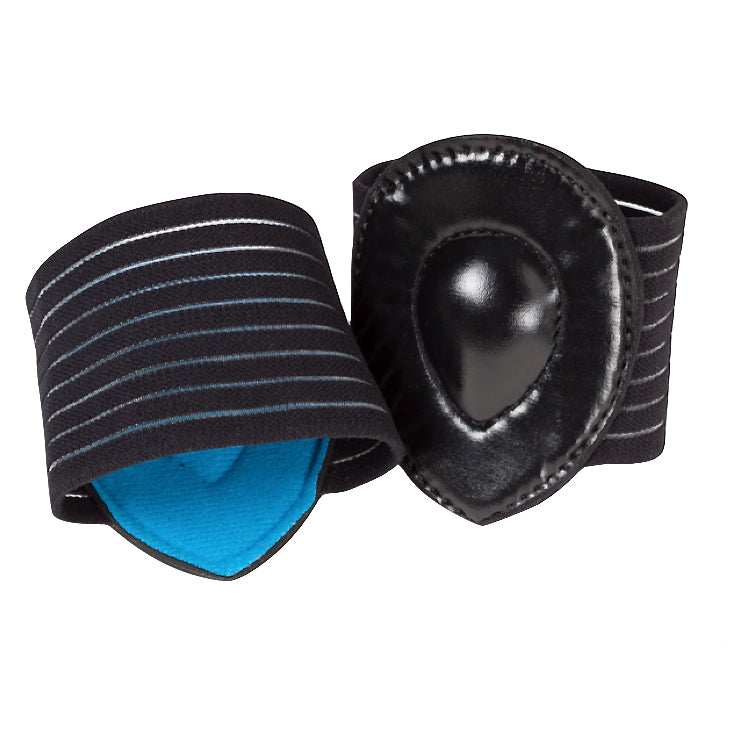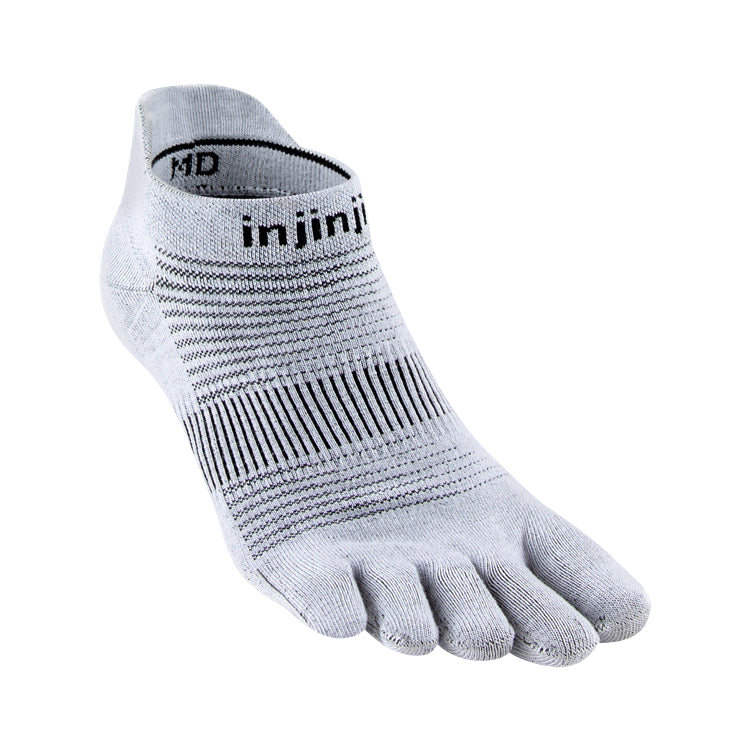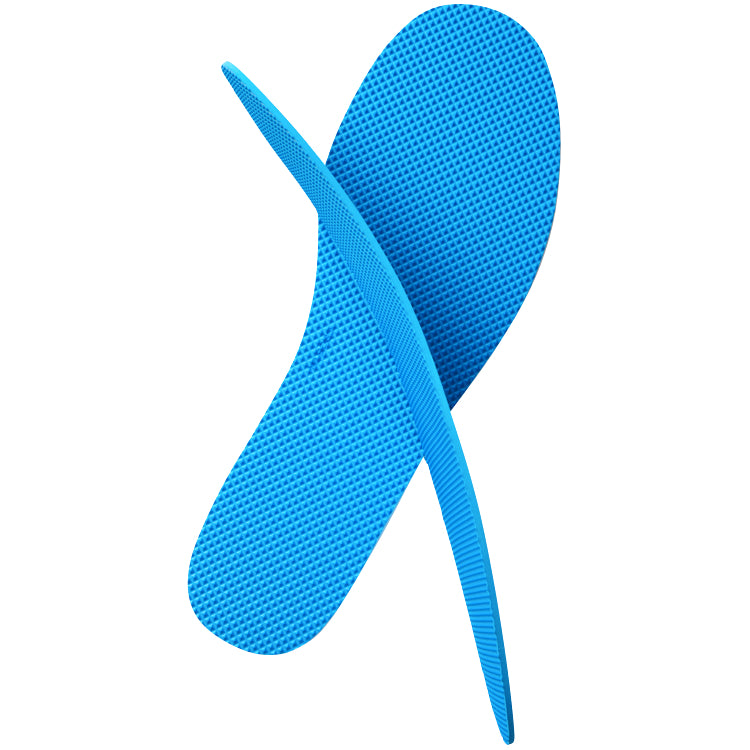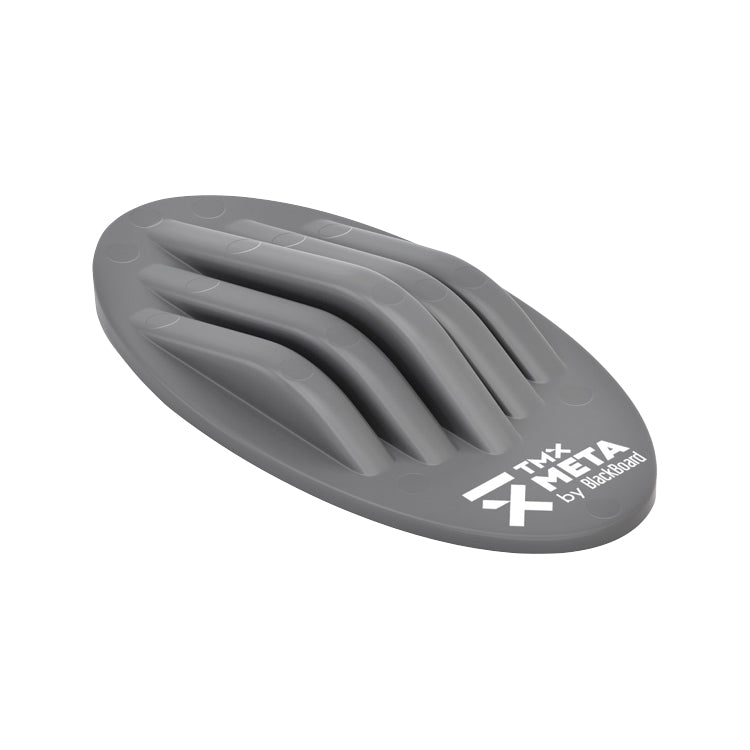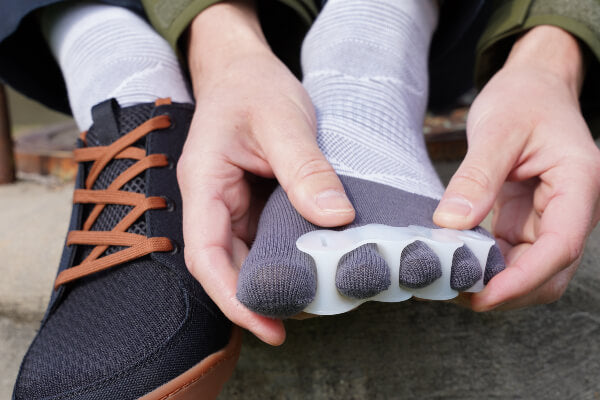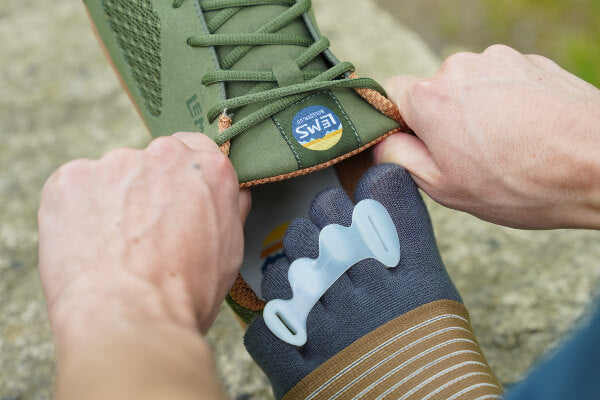
Plantar fasciosis is a painful foot condition that affects about 10 percent of the American population at some point during their lives. In most cases, treatment measures are geared toward decreasing pain and inflammation, though there often is little done to resolve the root cause of this foot problem.
A Groundbreaking Study
A study by Harvey Lemont, DPM, published in the May 2003 edition of the Journal of the American Podiatric Medical Association suggests that the term “plantar fasciosis” may be more appropriate than the commonly used “plantar fasciitis,” as biopsies reveal necrotic, or dead, tissue in the plantar fascia of people with this condition, not inflammation. Lemont concluded that plantar fasciitis is a degenerative process, not an inflammatory process, involving small tears and tissue death in the plantar fascia—the thick band of connective tissue that spans and supports the foot arch—and intrinsic foot flexor muscles at their attachment on the calcaneus, or heel bone. Therapeutic efforts aimed at controlling inflammation, then, are often ineffective, as there is no inflammation present in the affected tissues.
It's A Circulatory Problem
Entrapment of the posterior tibial artery by the flexor retinaculum—a fibrous band of tissue at the ankle under which various structures pass, including the posterior tibial artery—is one of the most likely causes of plantar fasciosis. Entrapment of the posterior tibial artery—the vessel that delivers blood to the plantar surface, or bottom, of the foot—may lead to decreased blood supply, tissue death, and pain in certain parts of the plantar fascia. Entrapment of the posterior tibial artery occurs when the big toe is held in an adducted (i.e., toward the midline of the foot) and extended position. In this configuration, the abductor hallucis muscle—the muscle that moves the big toe away from your foot’s midline—pulls on the flexor retinaculum and may restrict blood flow through the posterior tibial artery.
The Effects of Conventional Footwear
Most people in shod, or shoe-wearing, cultures spend a significant portion of the day in footwear that holds the big toe in this adducted and extended position. The shoe design features responsible for this abnormal foot and toe configuration include heel elevation, toe spring, and tapering toe boxes. Heel elevation and toe spring are responsible for the big toe extension, and tapering toe boxes, or the narrowing of the shoes from the ball of the foot to the ends of the toes, is responsible for the big toe adduction. You can feel the tension on your flexor retinaculum by placing one of your thumbs on the medial, or inside, aspect of your ankle, just below the prominent bony bump, and maneuvering your big toe from a neutral position to the adducted and extended position.
A Natural Approach
Most cases of plantar fasciosis can be treated or prevented by wearing footwear that allows the toes to splay the way nature intended. Such footwear must possess a toe box that is widest at the ends of the toes, not at the ball of the foot, as is common in most conventional footwear. The Correct Toes toe spacing product is also extremely helpful in realigning the toes to their correct anatomical position and resolving this painful foot problem. For more details about this condition (including helpful treatment and prevention strategies), please visit our Plantar Fasciosis condition page.

WANT TO IMPROVE YOUR FOOT HEALTH?
Let the team at Natural Footgear help you! Subscribe to our newsletter for the latest offers and helpful info, and sign up for our FREE email courses on various topics and foot health conditions.
Sign Up →
Want to Improve Your Foot Health?
We are here to help you every step of the way. Get our newsletter for the latest offers and helpful info, and sign up for our FREE email courses on various topics and conditions, including bunions, hammertoes, neuromas, plantar fasciosis, shin splints, ingrown toenails, and more.
Sign Up →
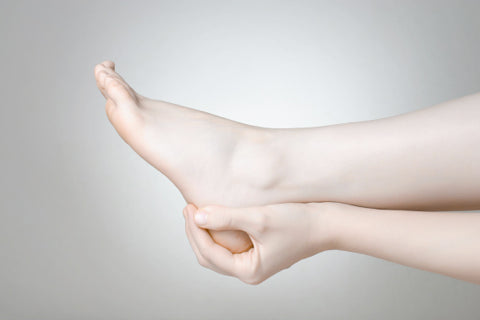 In this video, Dr. Ray McClanahan, a sports podiatrist at Northwest Foot and Ankle and the inventor of Correct Toes, discusses the condition commonly referred to as plantar fasciitis and explains why this foot health problem should more appropriately be called plantar fasciosis. Dr. Ray also discusses how this condition is treated using conventional versus natural approaches. Learn all about plantar fasciosis, including what you can do about it, in this helpful and...
Read more
In this video, Dr. Ray McClanahan, a sports podiatrist at Northwest Foot and Ankle and the inventor of Correct Toes, discusses the condition commonly referred to as plantar fasciitis and explains why this foot health problem should more appropriately be called plantar fasciosis. Dr. Ray also discusses how this condition is treated using conventional versus natural approaches. Learn all about plantar fasciosis, including what you can do about it, in this helpful and...
Read more




